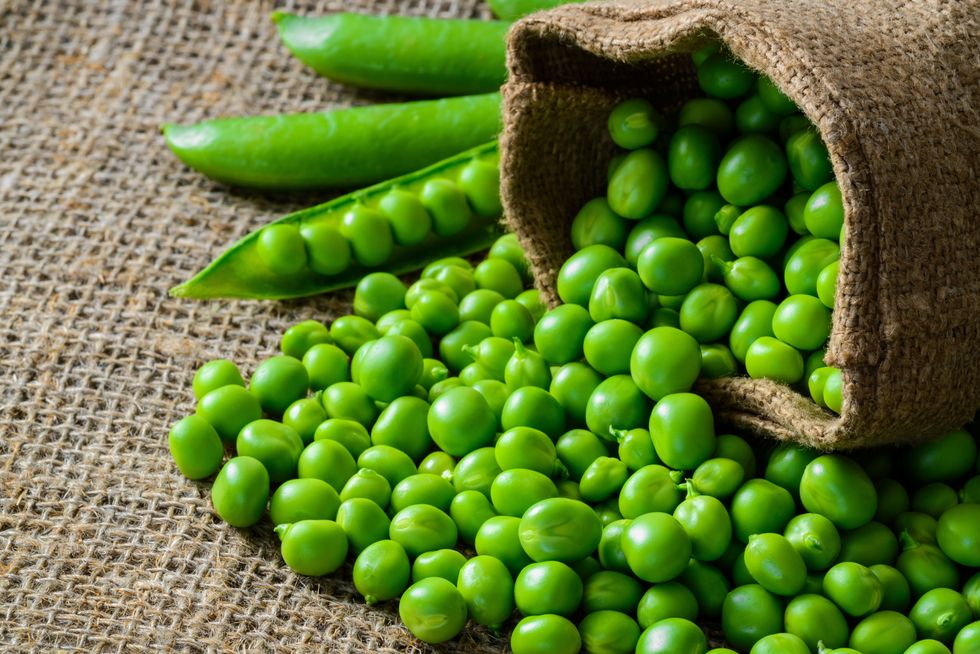
They should never be lacking in a balanced diet, and are among the most transversal legumes. In fact, from appetizers to desserts pea can be declined in many ways whose common denominator is represented by the therapeutic properties.
For one reason or another, peas are good in all seasons of life, they are beautiful to look at, easy to use, green enough to have given their name to a shade of green, round, sweet, delicate. These legumes can never be missing from the table in a balanced meal and are courted by the chefs because they really lend themselves to fancy flights. Not only that: the pieselli usually make the whole family agree also because the little ones often differentiate them from the vegetables and many children reluctant towards the "vegetables" category are an exception with them.
Inheritance owes a lot
They are among the most versatile legumes in the kitchen, they belong to the fabaceae family and come from a herbaceous plant native to Asia and widespread in the Mediterranean area since ancient times. The fame of the pea, however, is mainly linked to Mendel's experiments who, thanks to the variety of Pisum sativum, formulated the legendary laws of genetics. And all the current knowledge we have about heredity has to say thank you to peas.
Variety
The pea really has many varieties, including the so-called snow peas or coral green beans, counted among the various species of peas unlike the real green beans, which instead are part of the bean varieties. Then there are the climbing peas, dwarf and mezzarama, the peas to be shelled and the mangiatutto ones, and among the latter the saccharatum or snow peas that are collected flat with the seeds still unripe and the macrocarpon or snap peas. Finally, there are those with smooth seeds and those with wrinkled seeds.
Property
Rich in phosphorus, very low in calories, peas are therefore suitable for low-calorie and low-fat diets. Fresh contain iron, phosphorus, calcium, potassium, vitamin A (important for sight), vitamin B1 (important for the good functioning of the nervous system), vitamin C (antioxidant), vitamin PP. They also contain phytoestrogens, substances similar to female estrogens which therefore make them particularly suitable for treating menopausal symptoms. And therefore, especially in this period of life when the waistline is at serious risk and in which the woman tends to accumulate fat, peas are a providential food. But even during pregnancy they play a crucial role due to the high intake of folic acid, which is important for the prevention of fetal malformations and an excellent natural mood stabilizer. In short, they are a concentrate of antioxidants, vitamins and minerals, help digestion and are effective against constipation. They protect the circulatory system and lower cholesterol. They also protect the immune system and help keep blood sugar levels stable, benefiting people with diabetes. But will they have a downside, you ask? Yes, there is one: peas contain purine, so they are not recommended for those suffering from gout and hyperuricemic subjects.
How to use
Their versatility makes them excellent as a side dish, but they are also used in first courses, such as in soups, or in sauces and ragu, in the preparation of savory, rustic pies, as well as for the preparation of recipes based on meat or fish ( think of cuttlefish). In some cases the kitchen also uses pods, the outer part that encloses the peas, rich in mineral salts that can be added among the ingredients of the vegetable broth. And even frozen foods have their own good reason and retain many properties. Having a seasonality limited to the spring period, it is possible to resort to this alternative which preserves the sweetness and nutritional virtues, since they are normally frozen within a few hours of harvesting.







